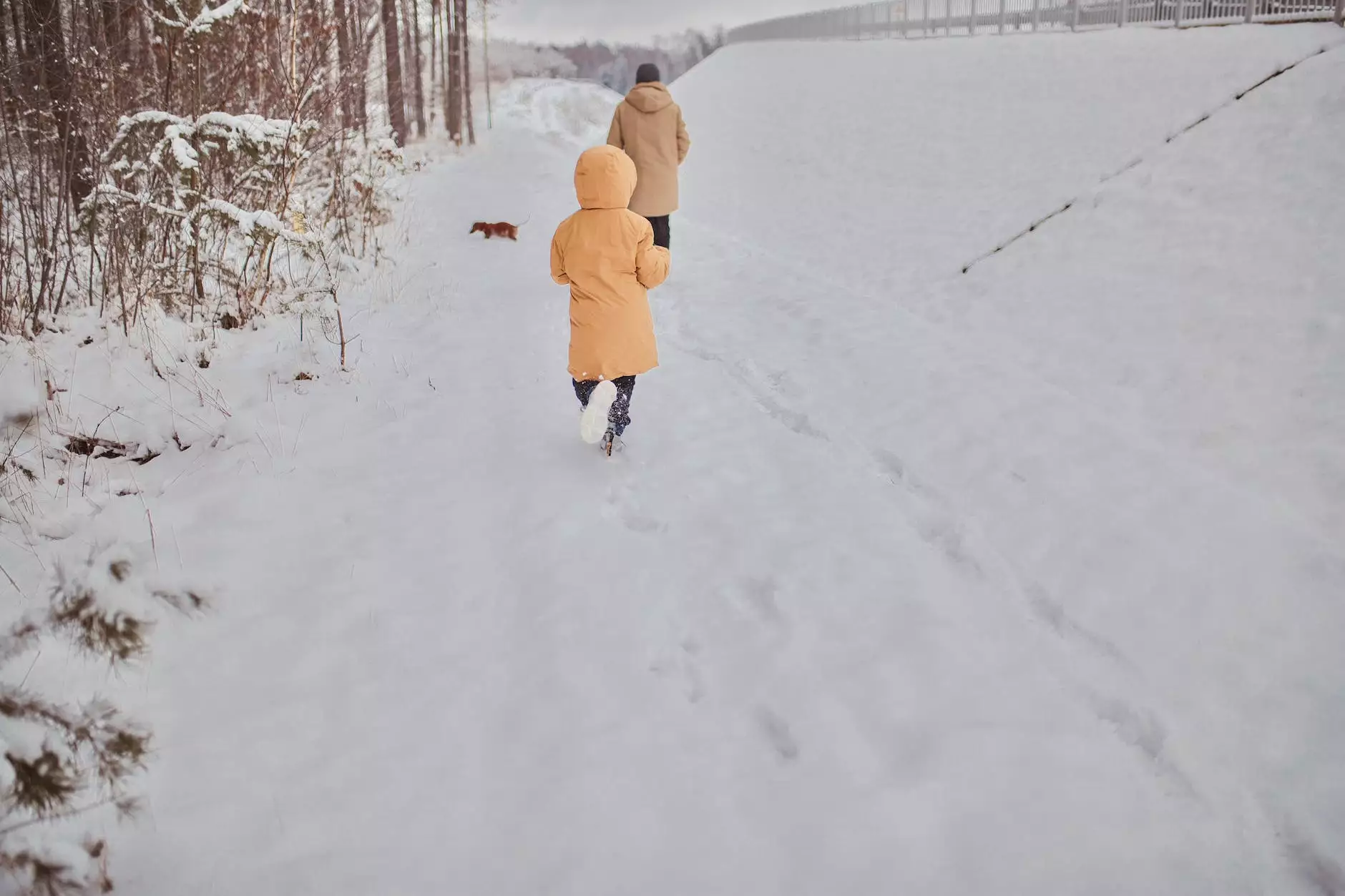DogWatch's Checklist for Hiking with Your Dog
Dog Care
Welcome to Wisconsin Adventures' comprehensive checklist for hiking with your dog. Our top priority is ensuring your safety and the well-being of your furry companion during your hiking adventures. In this guide, we will provide you with valuable information and recommendations to help you plan and prepare for a successful outing with your dog.
1. Choose the Right Trail
When selecting a hiking trail, consider the difficulty level, distance, and terrain. Ensure that the trail is dog-friendly, allowing dogs on-leash or off-leash where permitted. Research the trail regulations and any specific requirements, such as dog breed restrictions.
Using specialized hiking websites and apps, such as AllTrails or Hiking Project, you can find detailed information about trails in your area, including user reviews and trail difficulty ratings. Look for trails that offer scenic views, dog-friendly amenities, and opportunities for your dog to rest and drink water along the way.
2. Check the Weather Forecast
Before heading out on your hike, always check the weather forecast to ensure you and your dog are prepared for the conditions. Extreme temperatures, thunderstorms, or heavy precipitation can make hiking dangerous or uncomfortable for both you and your four-legged companion.
Plan your hike on days with moderate temperatures, preferably during the early morning or late afternoon when it's not too hot. Avoid hiking during periods of extreme heat or cold, as well as during inclement weather. Remember that dogs are more susceptible to heatstroke than humans, so take extra precautions in warm weather.
3. Prepare Essential Gear
Packing the right gear is vital for a successful hiking trip with your dog. Here's a list of essential items to bring:
- Collar, Harness, and Leash: Ensure your dog wears a properly fitted collar or harness with identification tags. Use a sturdy leash to keep your dog safely by your side.
- Water and Water Bowl: Carry enough water for both you and your dog. Portable collapsible water bowls are convenient for providing your furry friend with hydration throughout the hike.
- Food and Treats: Pack enough dog food and treats for the duration of your hike. Consider portable and lightweight options.
- First Aid Kit: Be prepared for any minor injuries or ailments. Include items like bandages, antiseptic, tweezers, and any necessary medications.
- Tick Removal Tool: Tick-borne diseases can be a concern during hikes. Have a tick removal tool on hand to quickly and safely remove any found ticks from your dog.
- Poop Bags: Always clean up after your dog. Carry enough poop bags and dispose of them properly.
- Extra Towel or Blanket: Depending on the weather and terrain, a towel or blanket can provide comfort and warmth for your dog during rest breaks.
4. Train and Socialize Your Dog
Before embarking on a hiking adventure, ensure your dog is well-trained and socialized. Basic obedience commands such as "sit," "stay," and "come" will come in handy during the hike. Practice on-leash walking and recall commands to maintain control over your dog throughout the trail.
Proper socialization is also important to ensure your dog behaves appropriately around other hikers, wildlife, and other dogs you may encounter. A well-socialized dog is less likely to chase wildlife, get into conflicts with other dogs, or cause disruptions during your hiking experience.
5. Start with Shorter Hikes and Gradually Increase Difficulty
If you and your dog are new to hiking, it's crucial to start with short, easy hikes and gradually progress to longer and more challenging trails. This will allow your dog to build endurance, adapt to the hiking environment, and develop the necessary muscle strength.
Pay attention to your dog's behavior and signs of fatigue during the hike. Allow for breaks and provide plenty of water and rest stops. Over time, you can slowly increase the distance and difficulty level, ensuring your dog's physical capabilities and comfort.
6. Respect Trail Etiquette and Wildlife
As responsible hikers, it's essential to respect trail etiquette and wildlife. Keep your dog on-leash where required, and ensure they stay on designated trails. This helps preserve the natural habitat, prevents your dog from disturbing wildlife, and avoids potential encounters with dangerous animals.
Always clean up after your dog and pack out any trash or waste. Leave no trace behind to maintain the beauty and integrity of the hiking trail for others to enjoy.
7. Pay Attention to Signs of Discomfort or Injury
During the hike, closely observe your dog for any signs of discomfort or injury. Dogs may be prone to overheating, paw pad injuries, or muscle strains. If you notice limping, excessive panting, or any abnormalities in your dog's behavior, take necessary breaks and evaluate their condition.
If your dog is injured or shows signs of distress, it's essential to have a plan for an emergency evacuation or immediate medical attention. Carry contact information for nearby veterinary clinics or emergency animal hospitals.
Conclusion
Hiking with your dog can be a wonderful adventure, strengthening the bond between you and your furry companion. Planning and preparation are key to ensuring a safe and enjoyable experience.
By following DogWatch's comprehensive checklist, you'll be well-prepared for any hiking excursion with your dog. Remember to choose the right trail, check the weather forecast, pack essential gear, train and socialize your dog, start with shorter hikes, respect trail etiquette, and pay attention to any signs of discomfort or injury.
Enjoy exploring the beautiful wilderness of Wisconsin with your canine companion, and have a fantastic time making unforgettable memories together!










